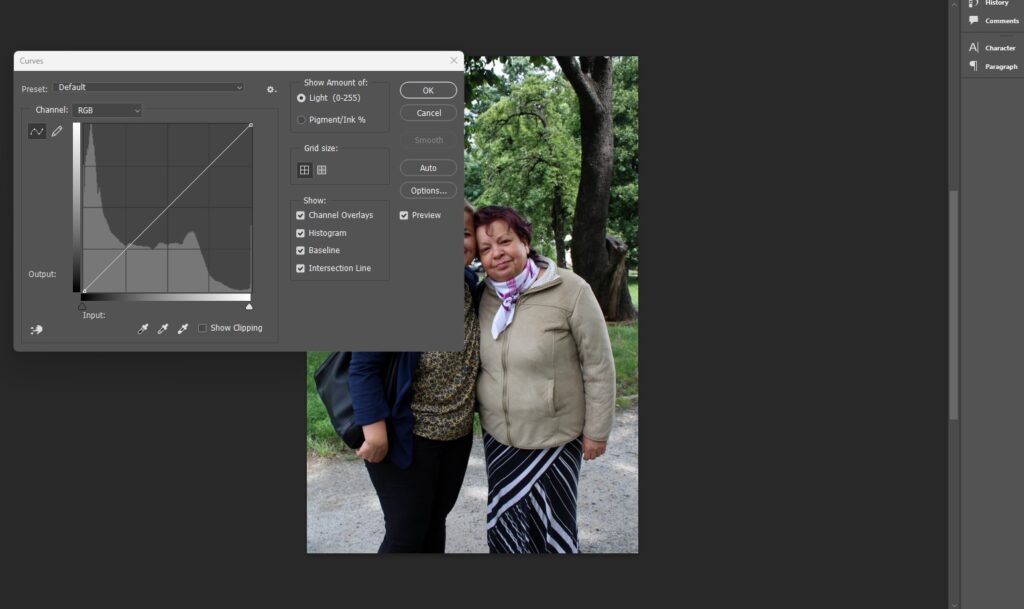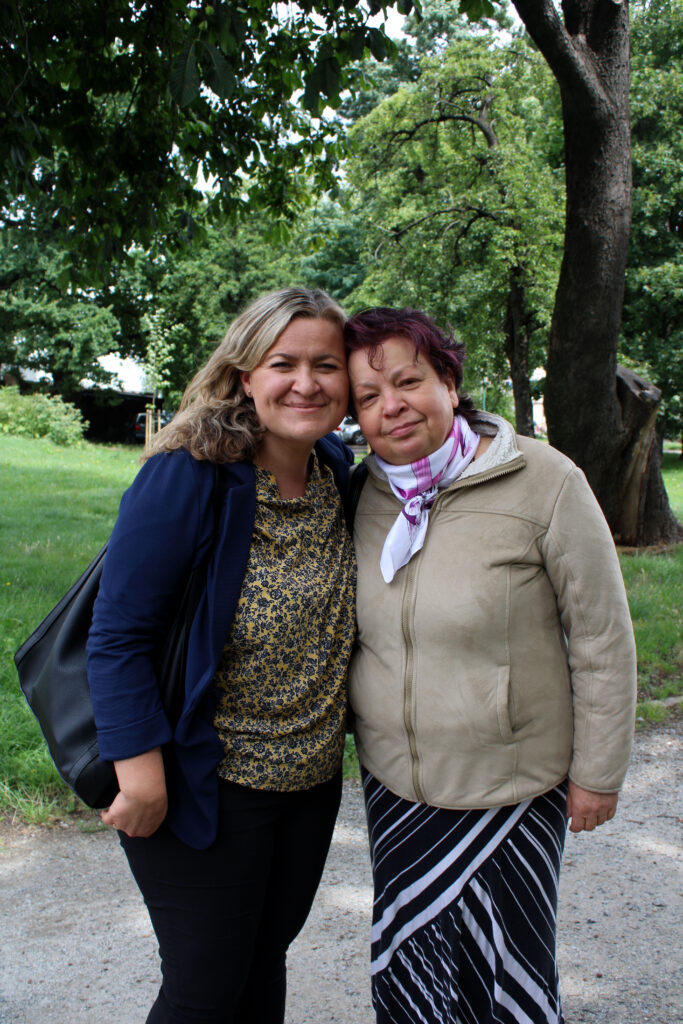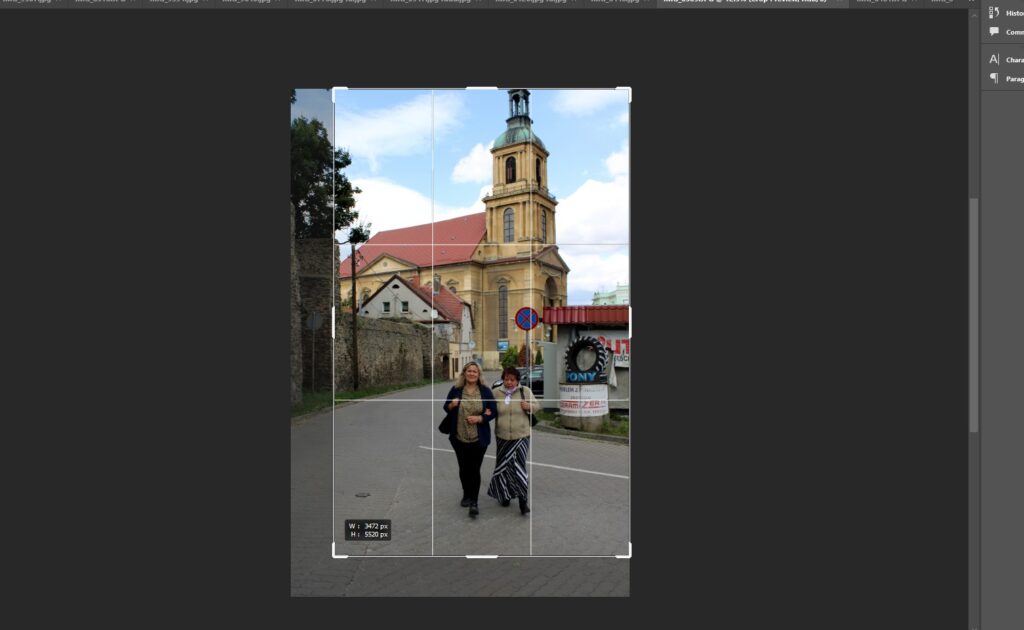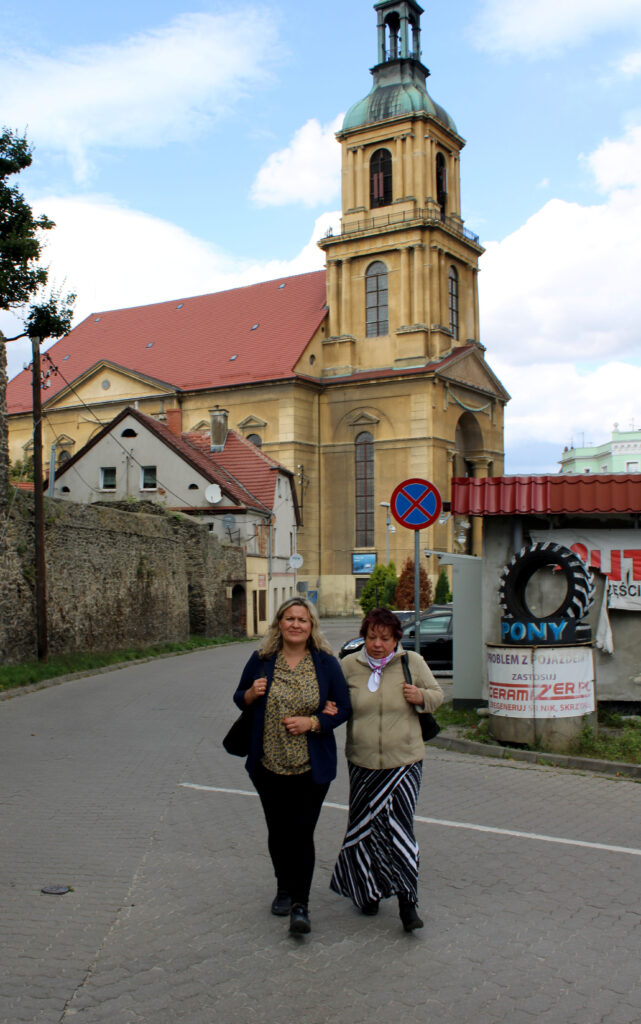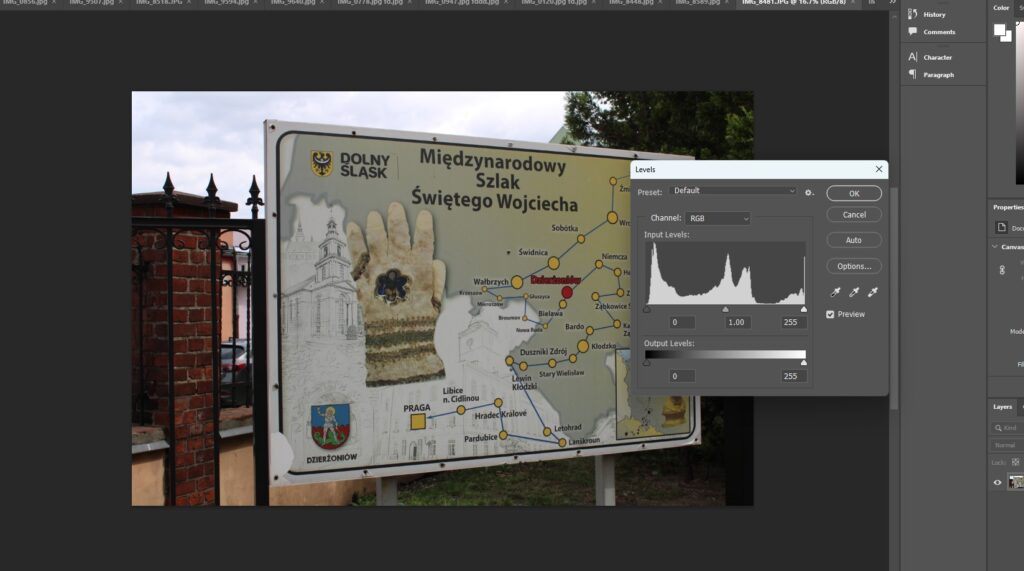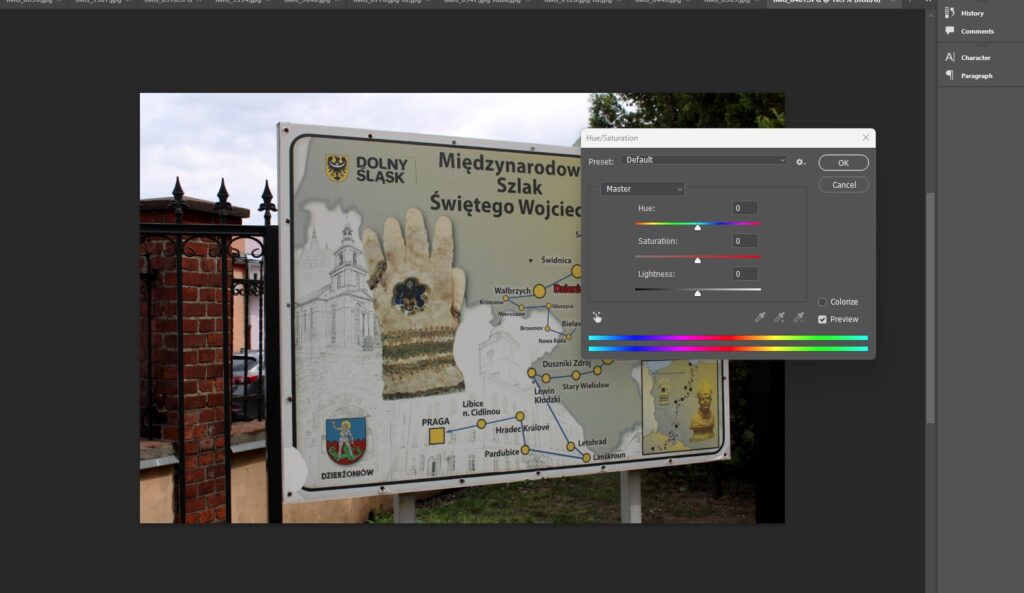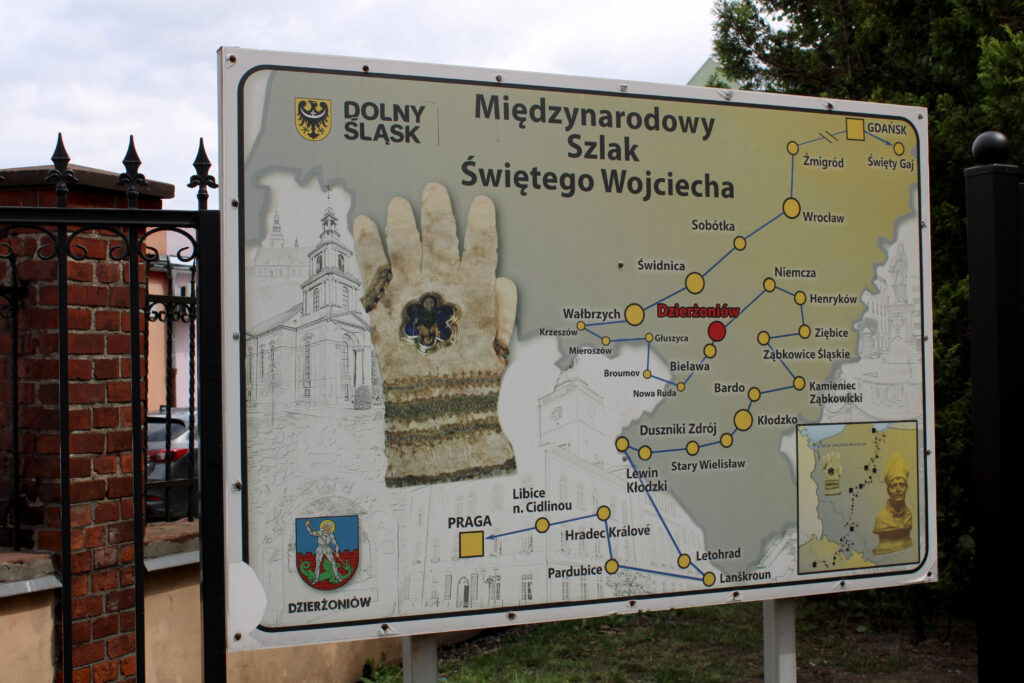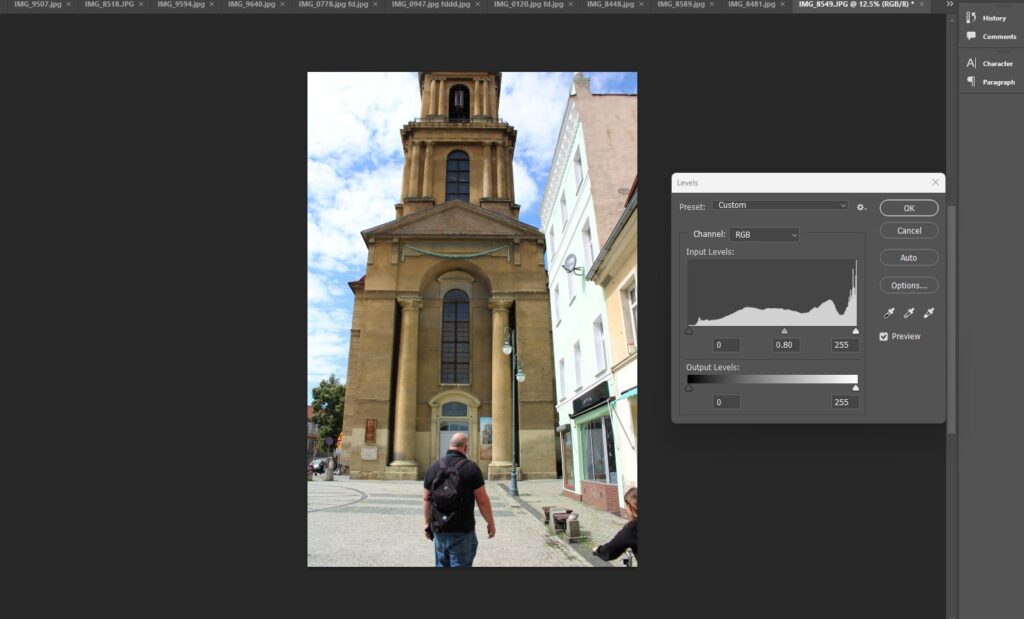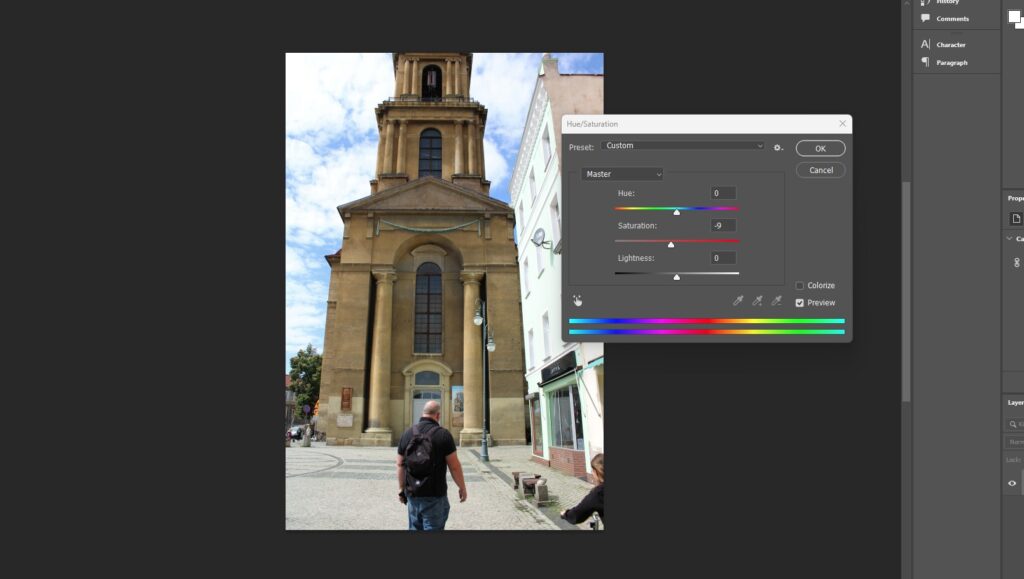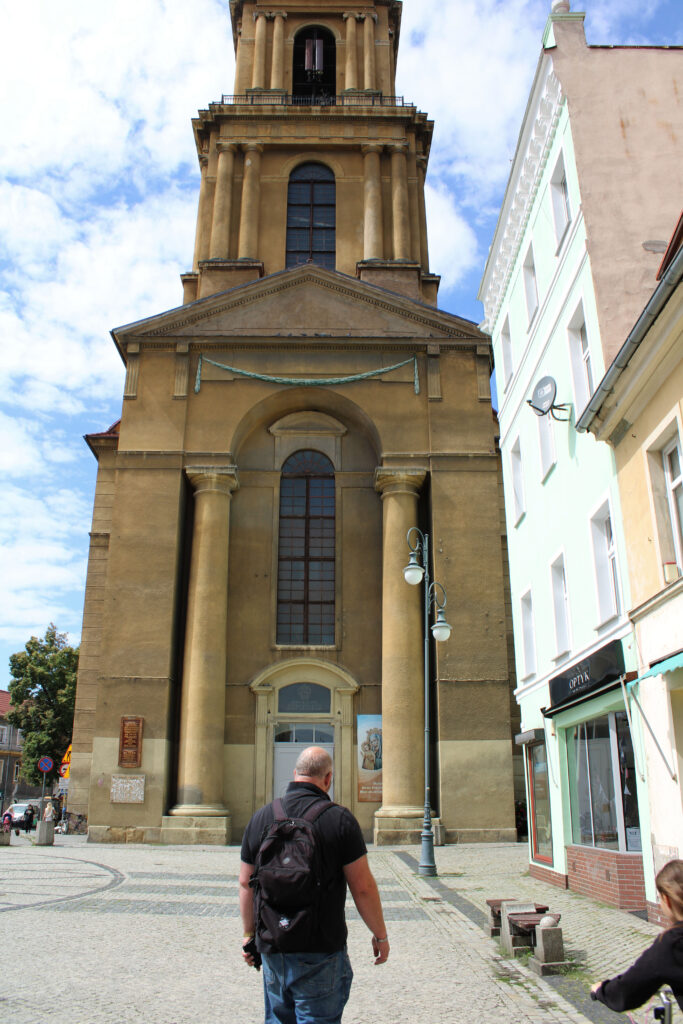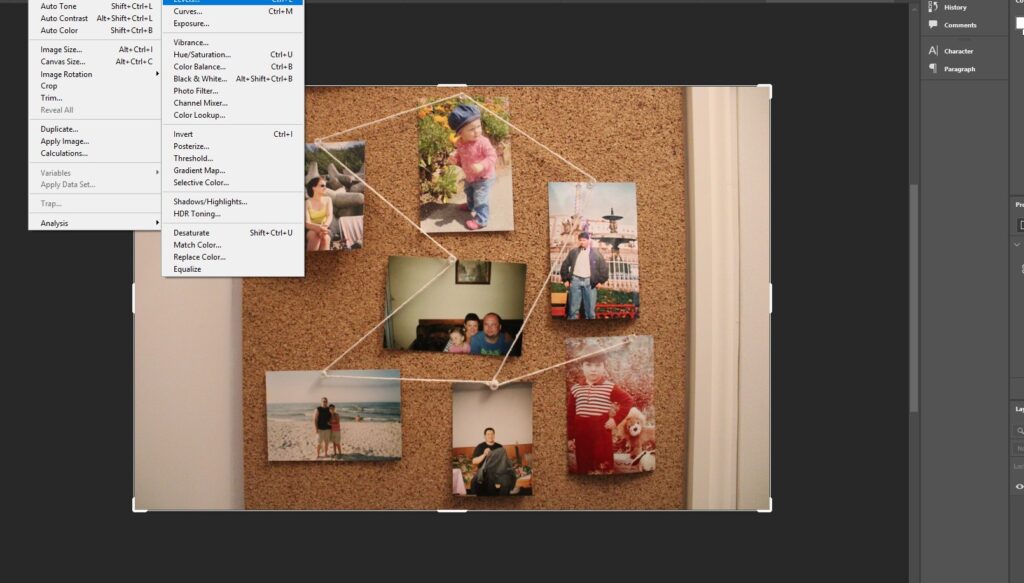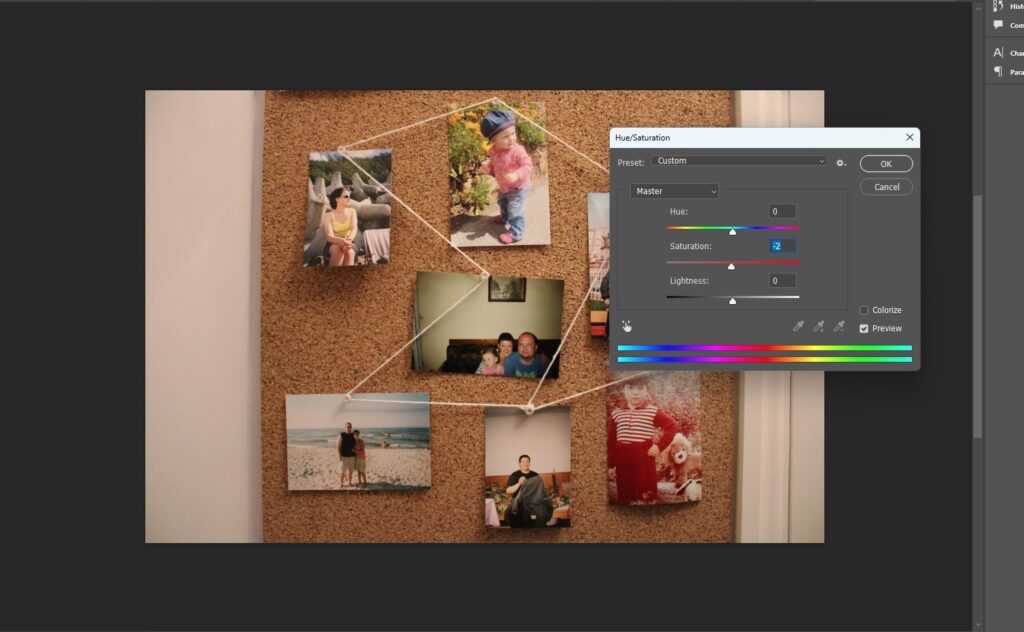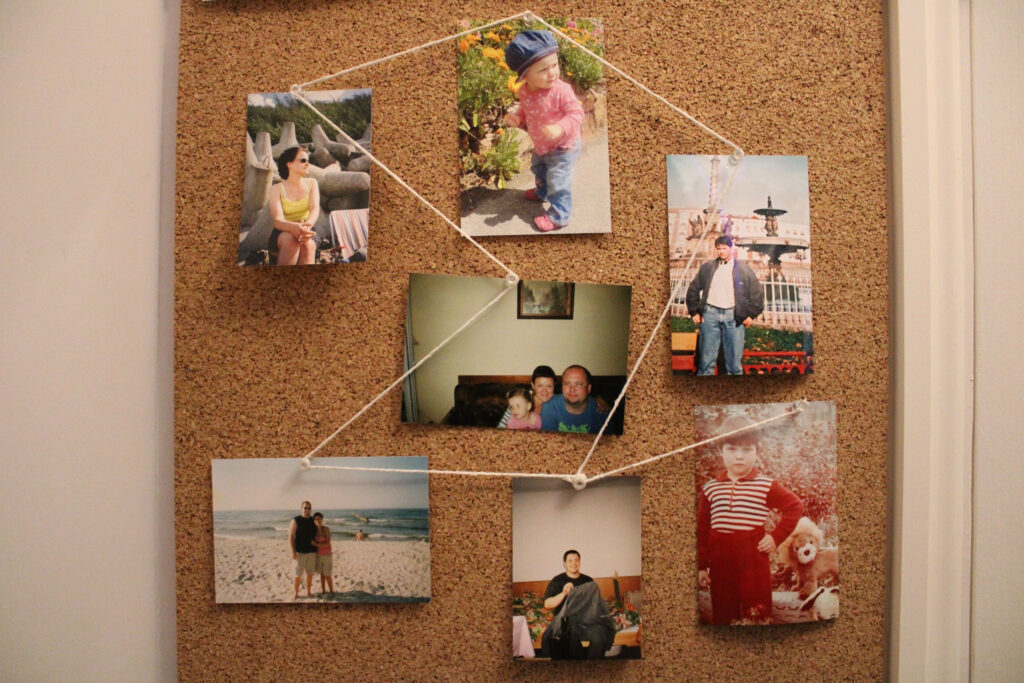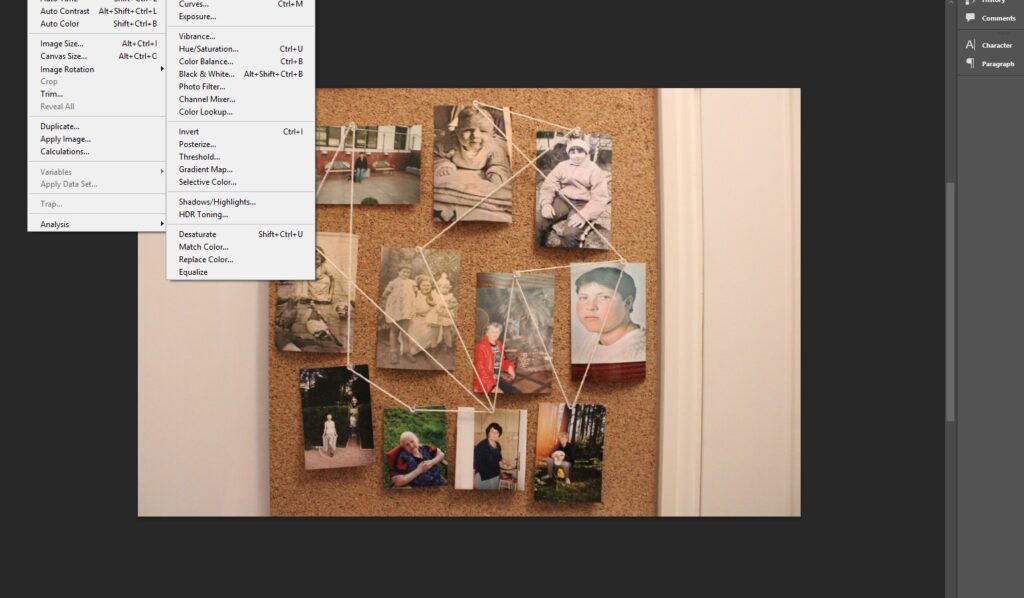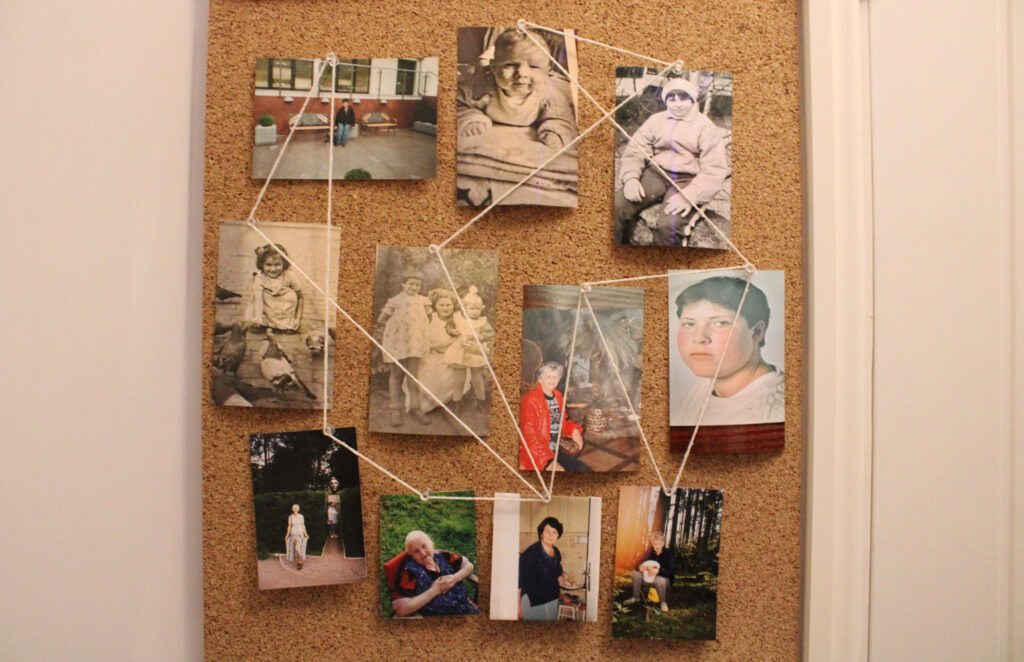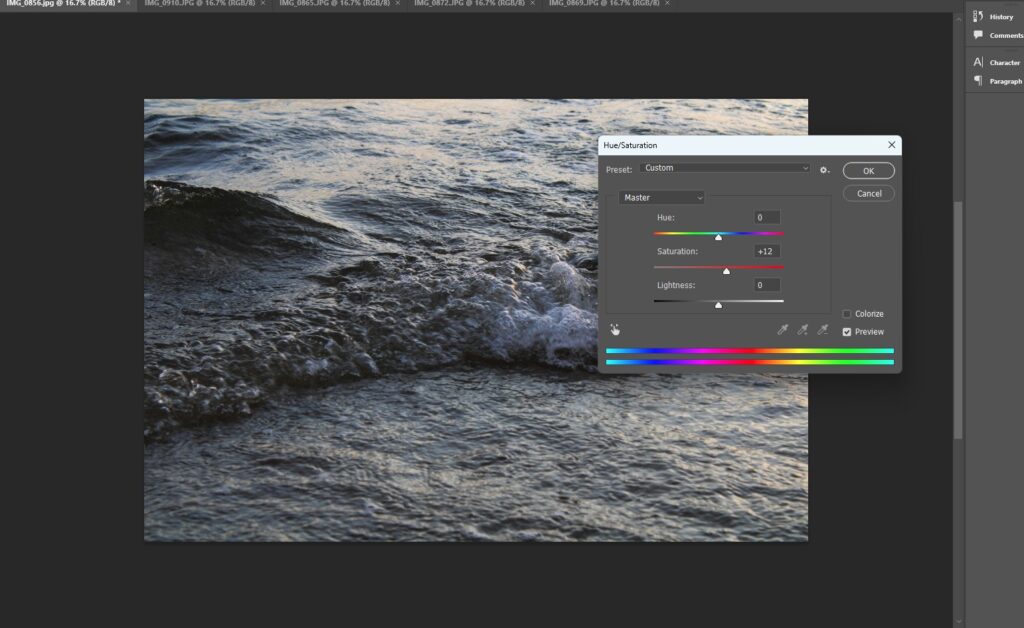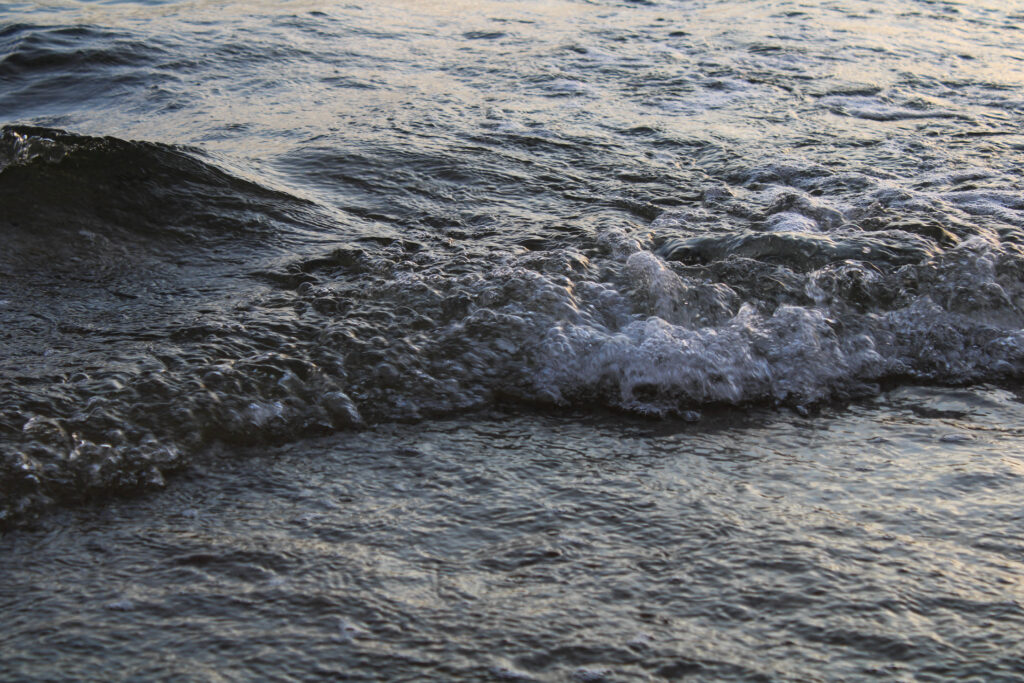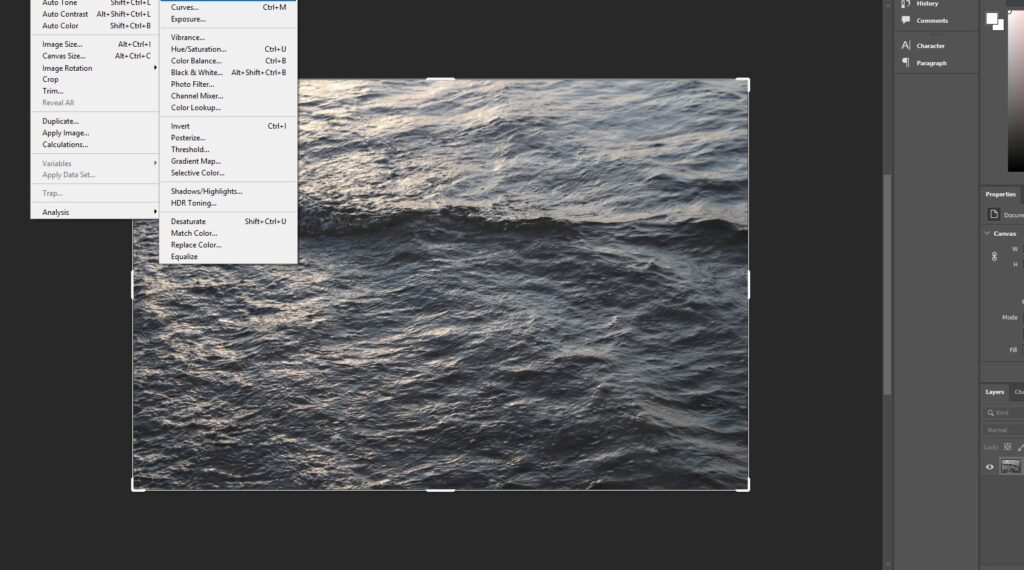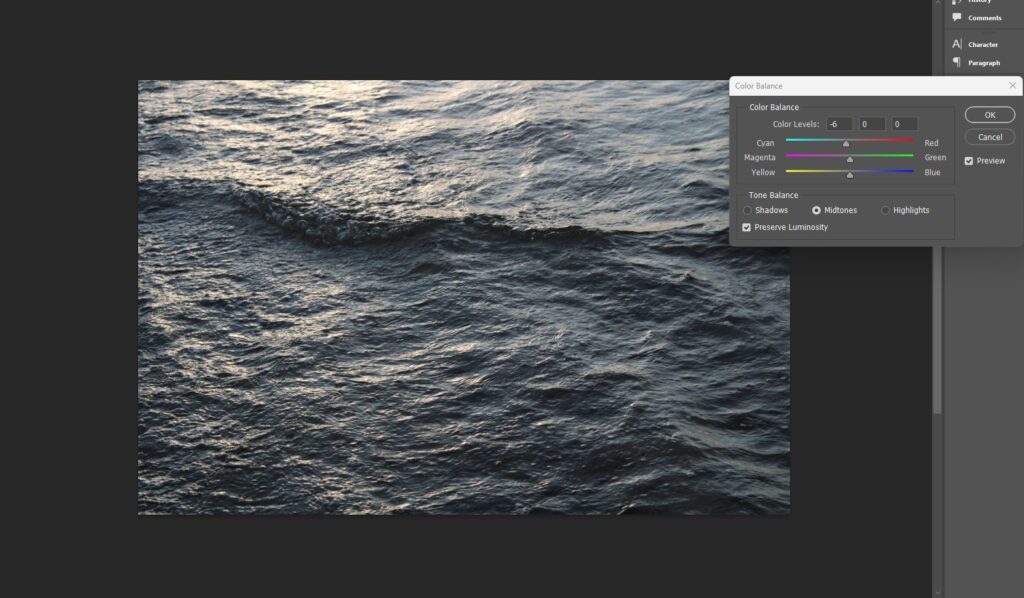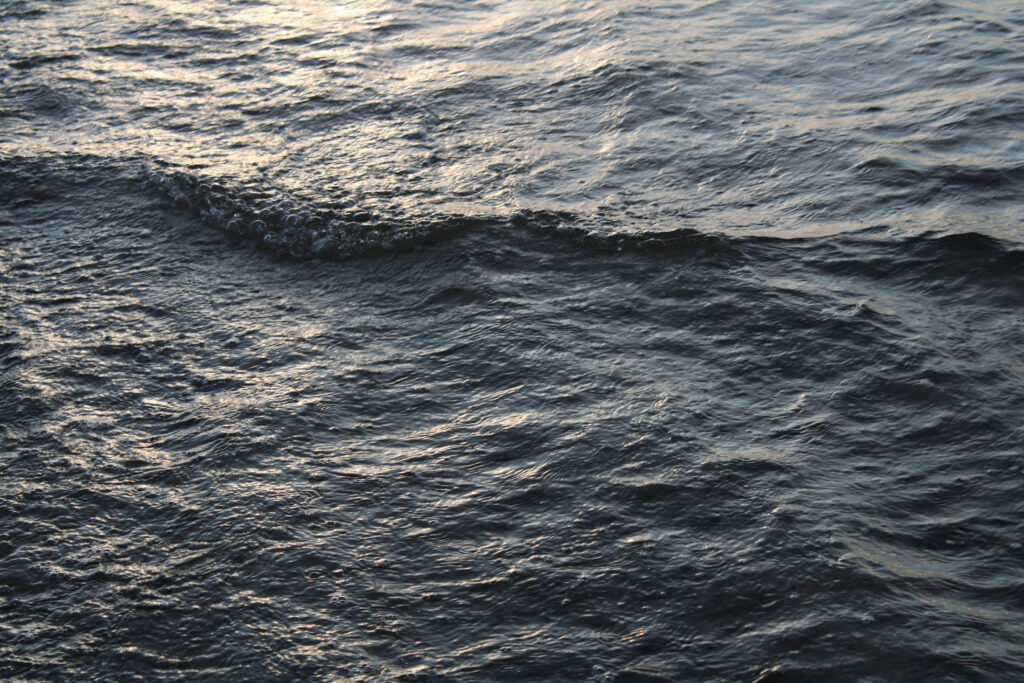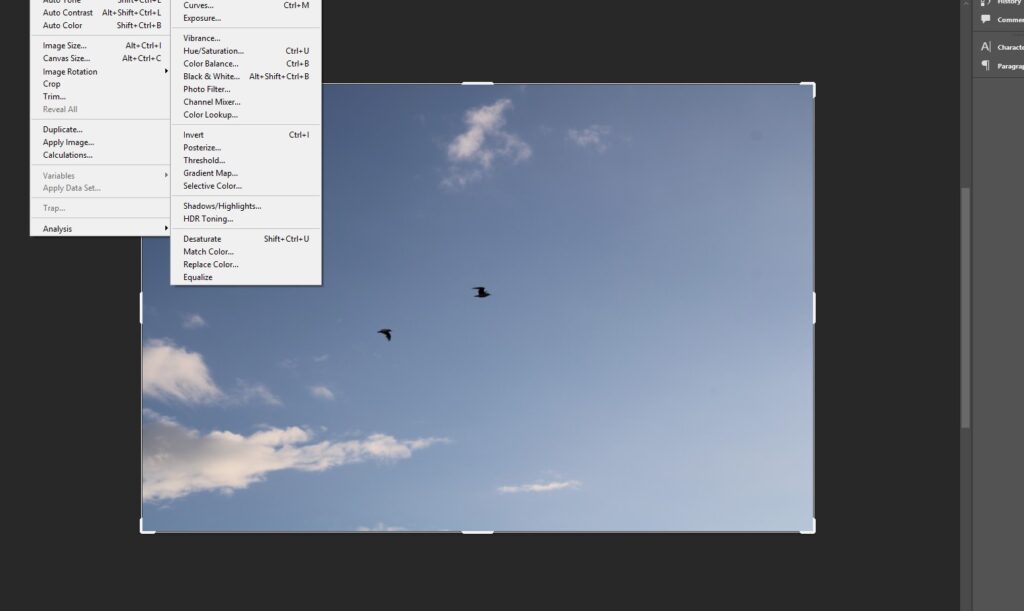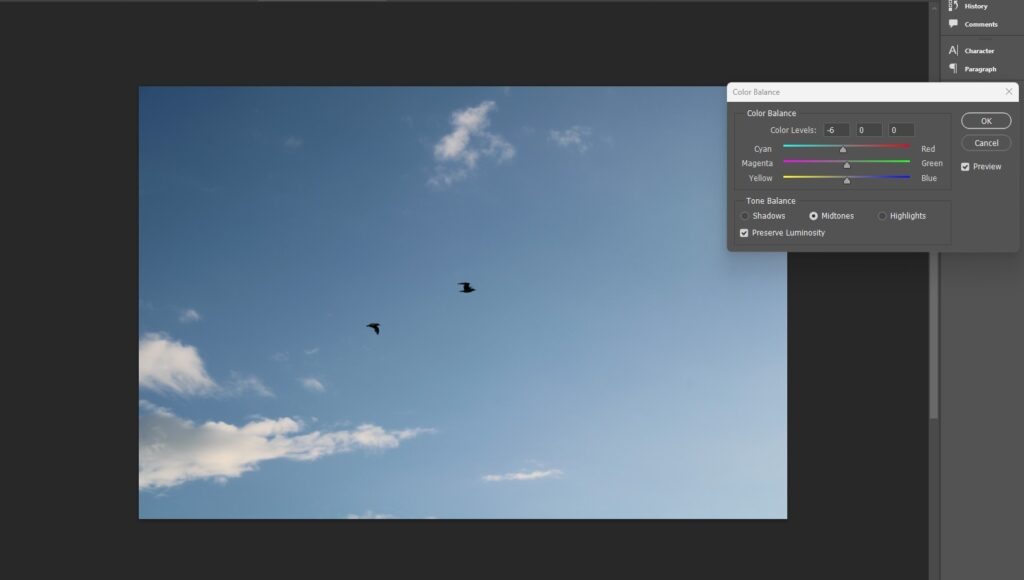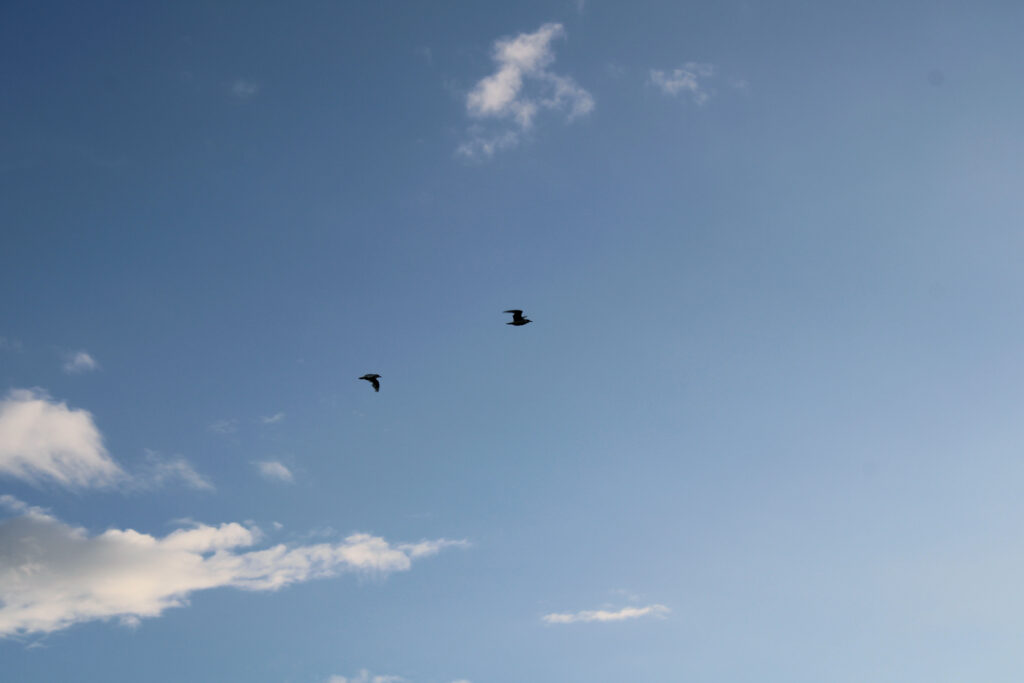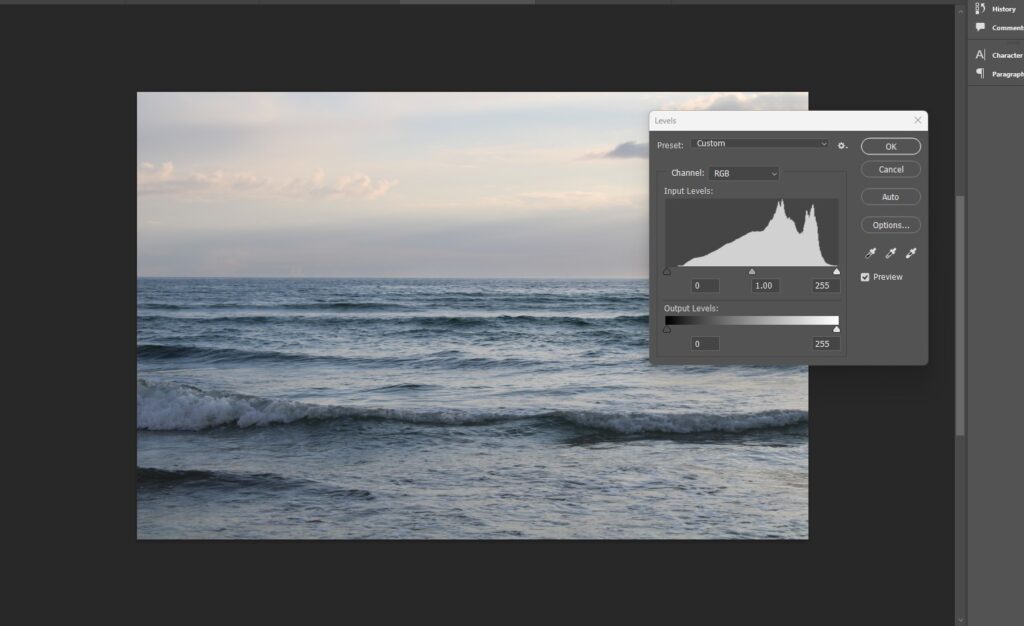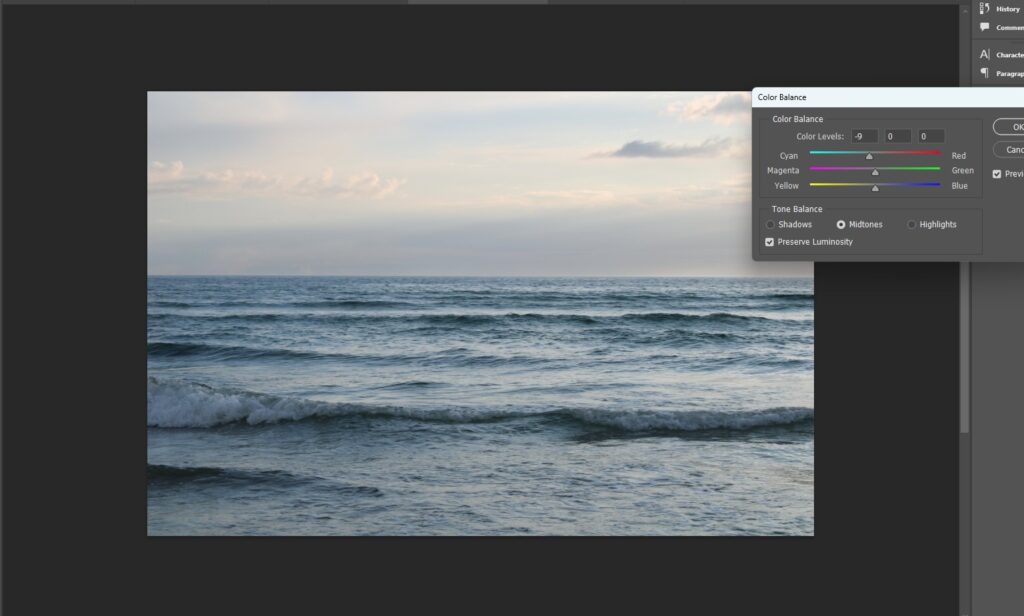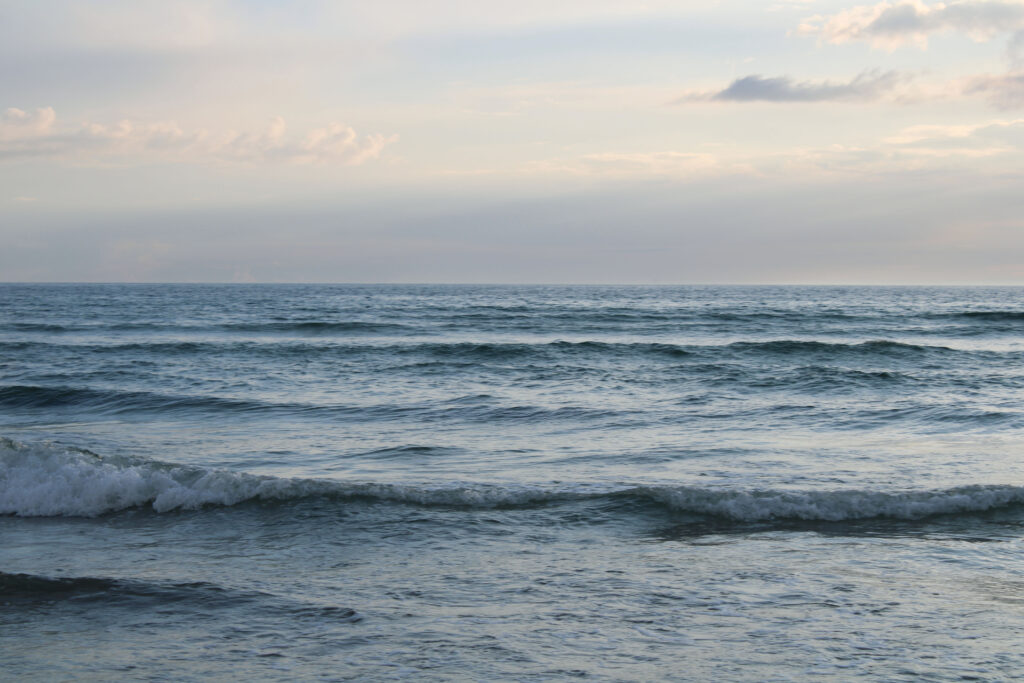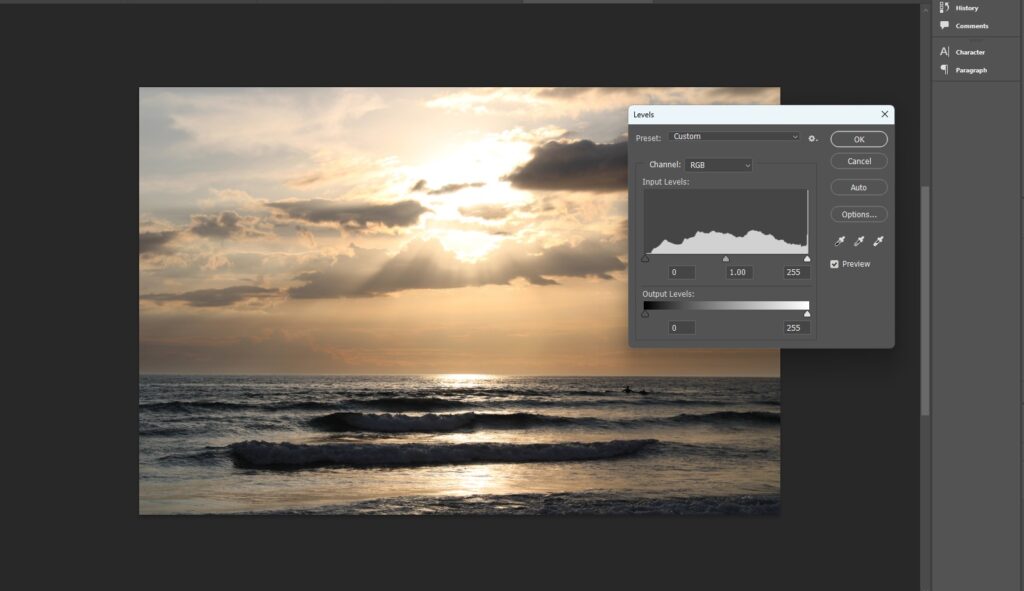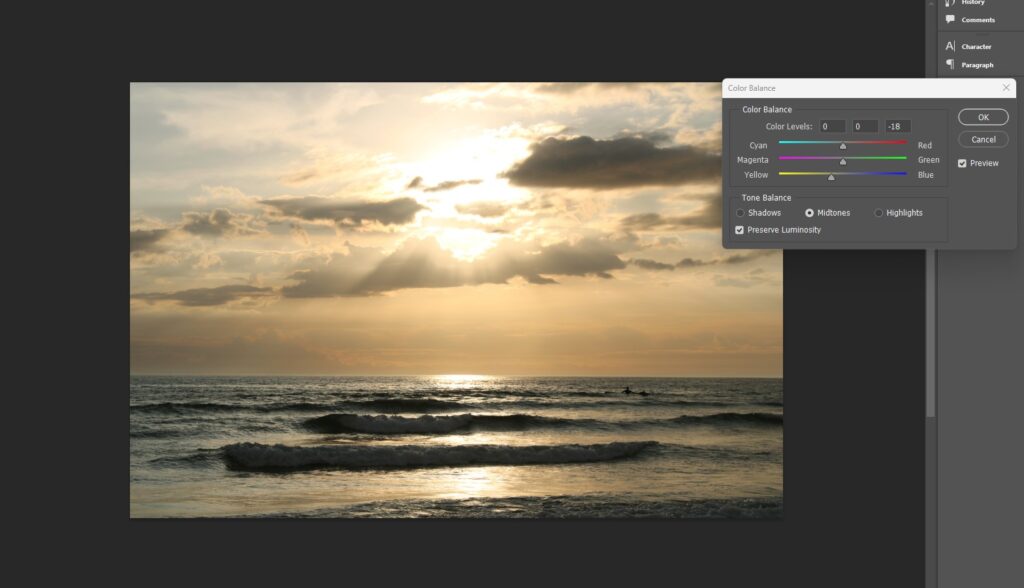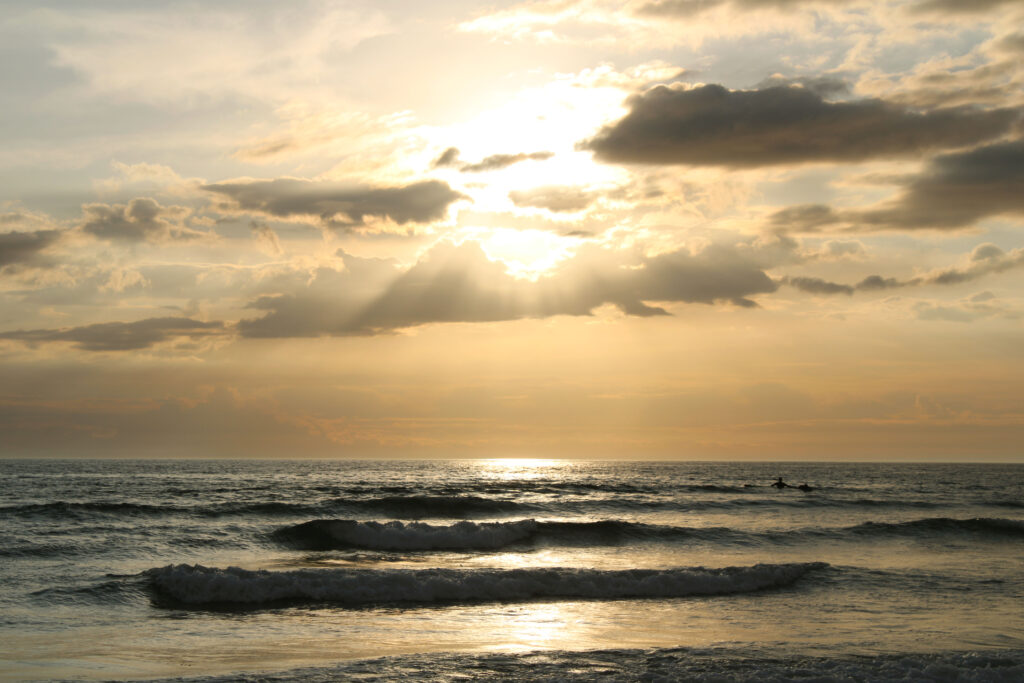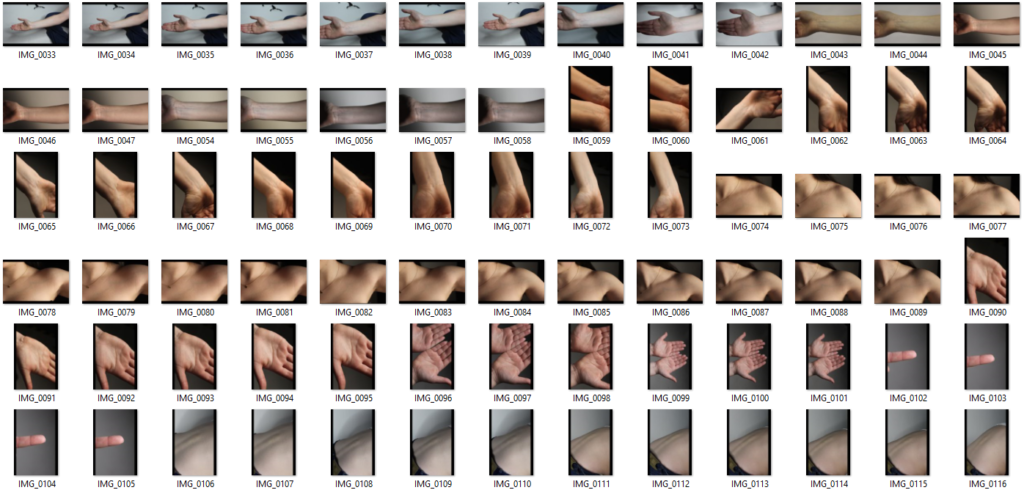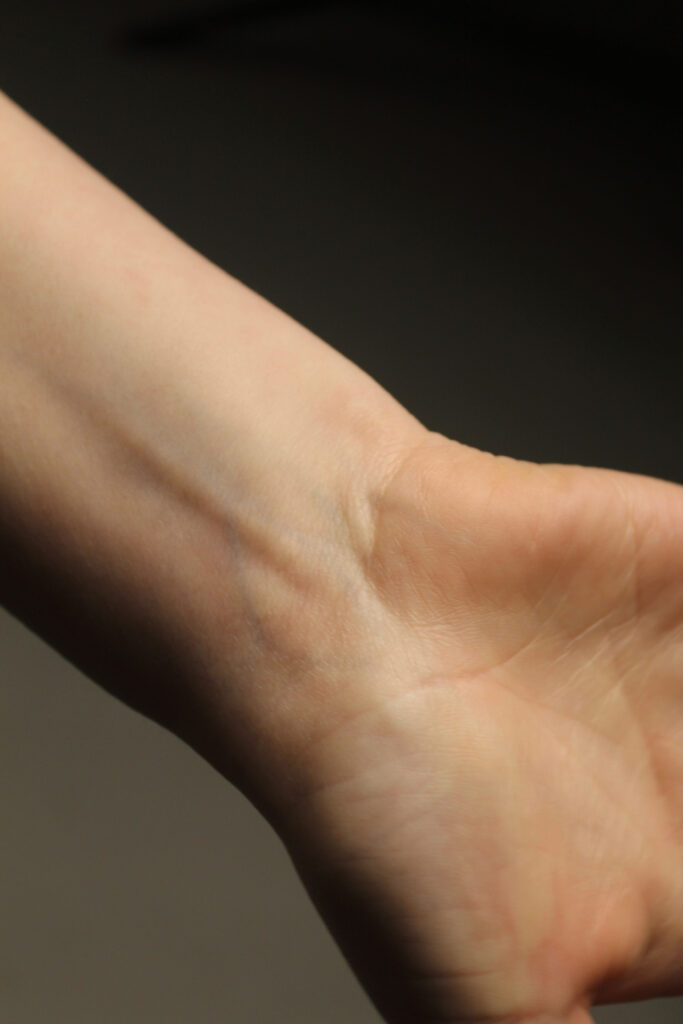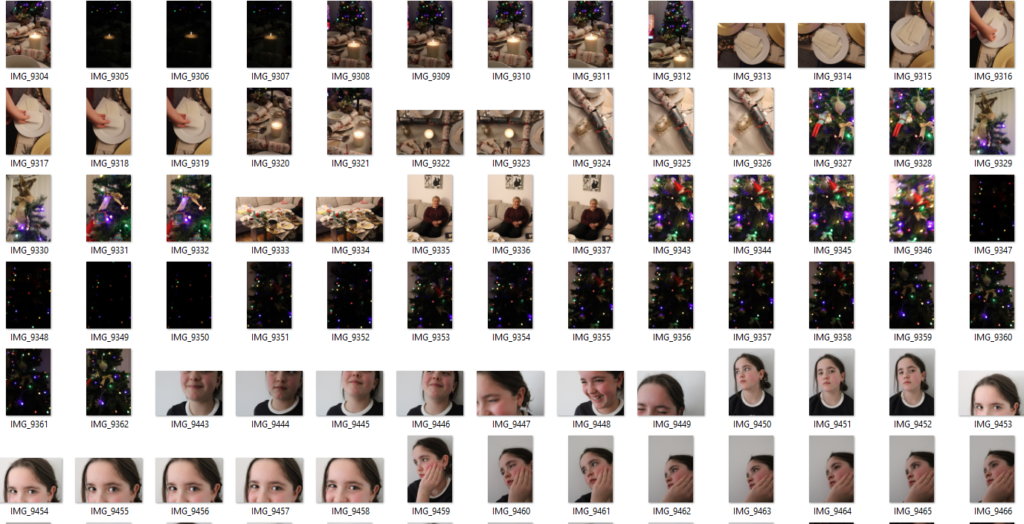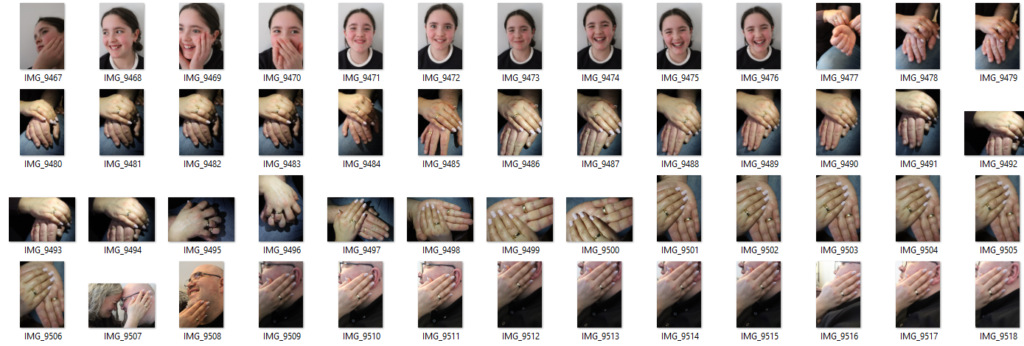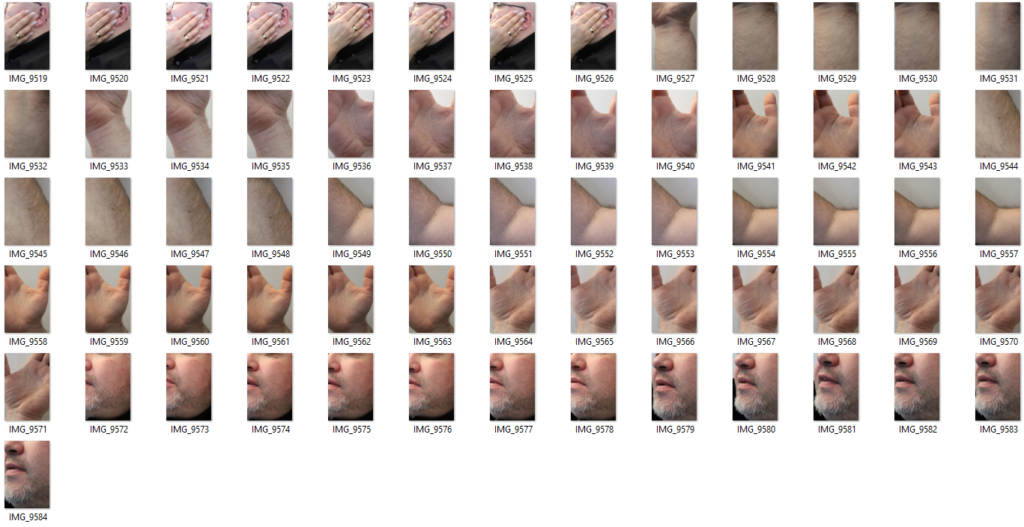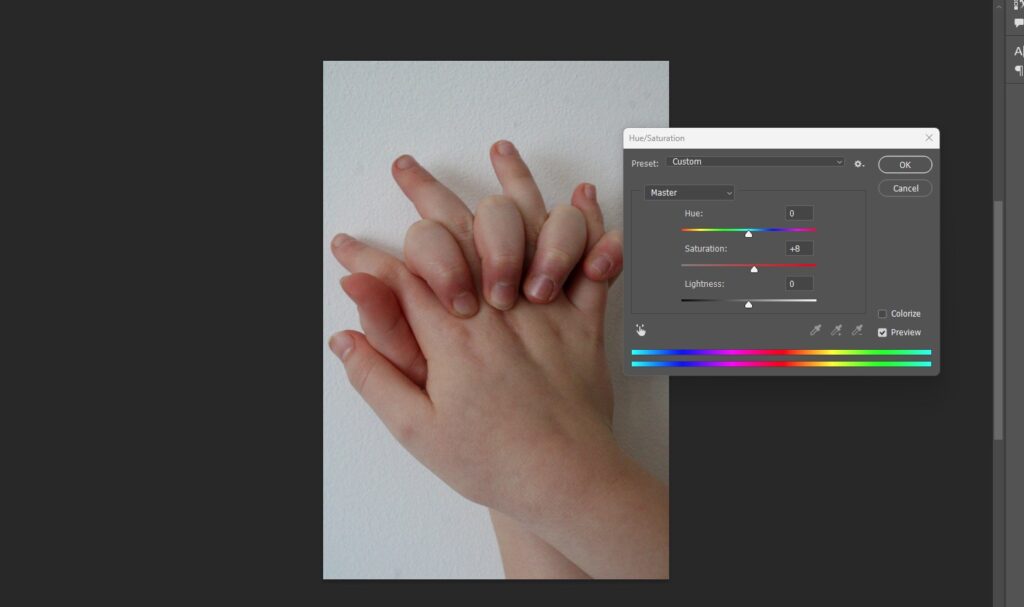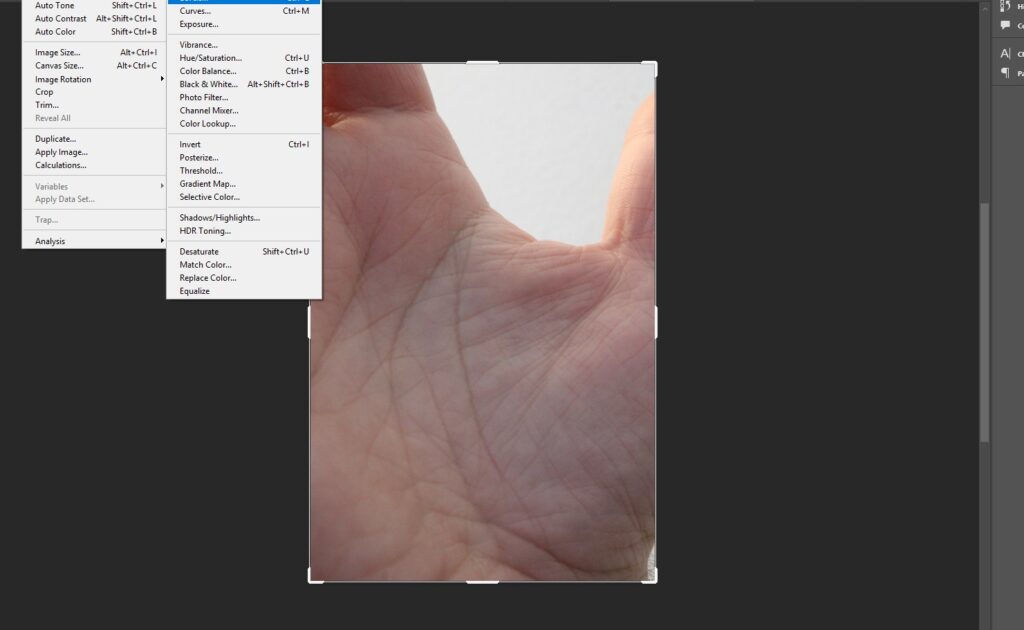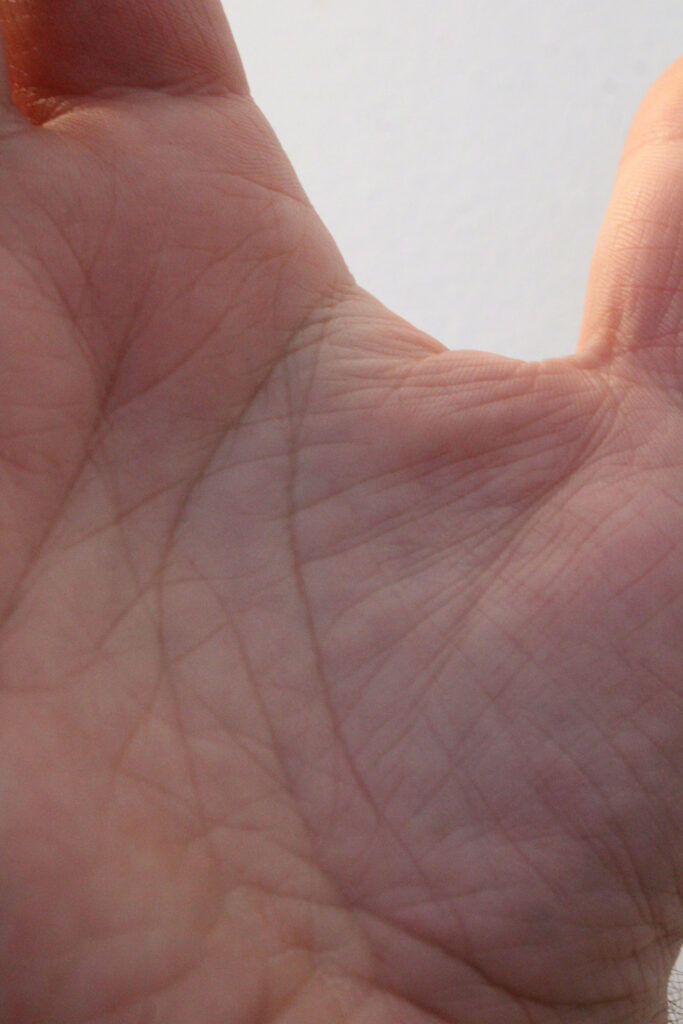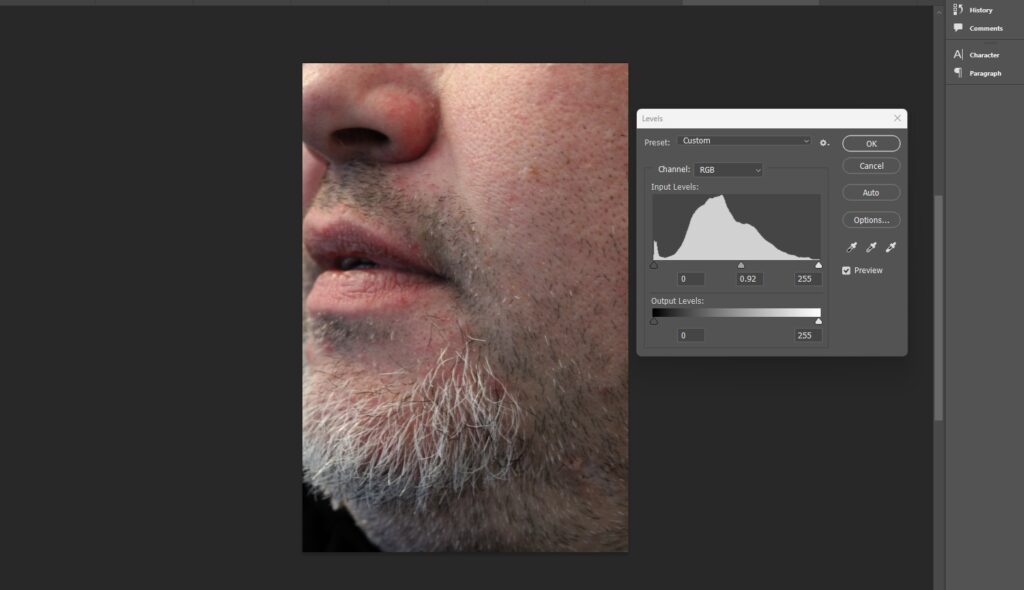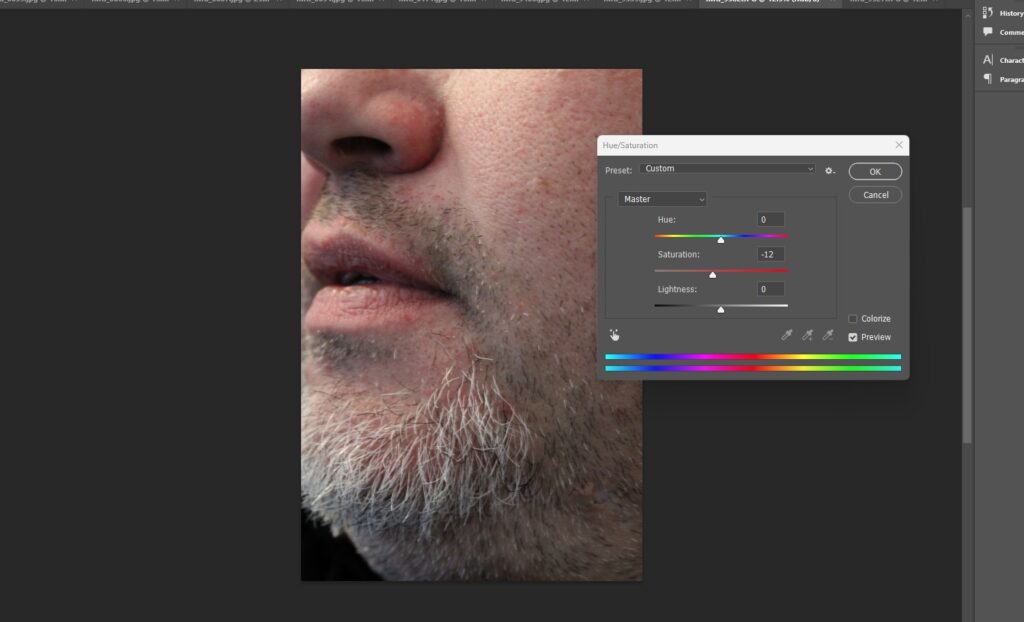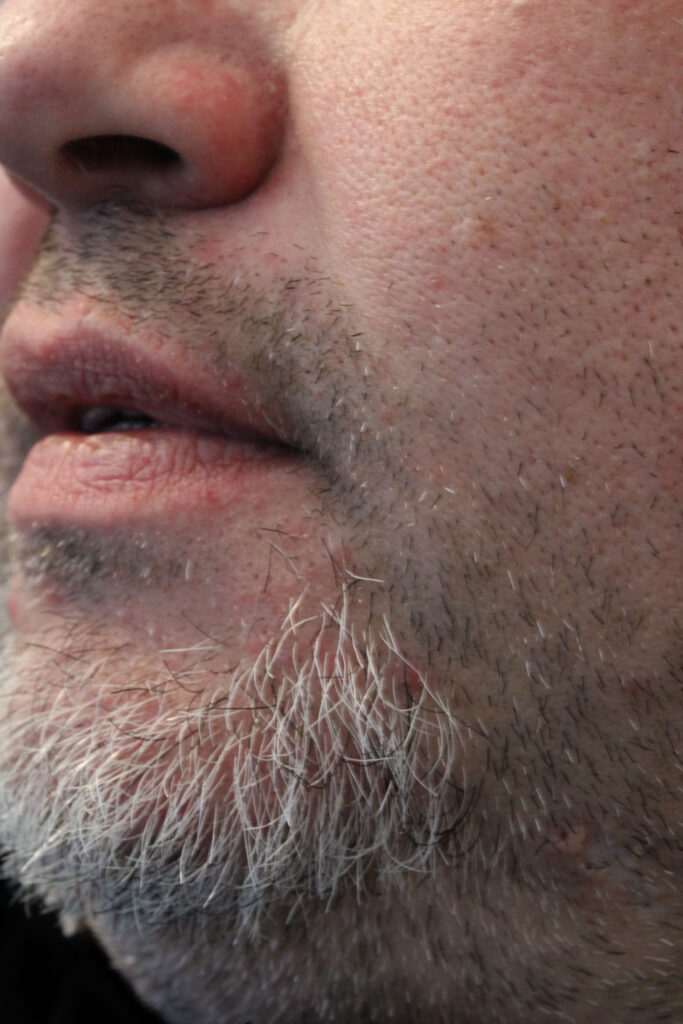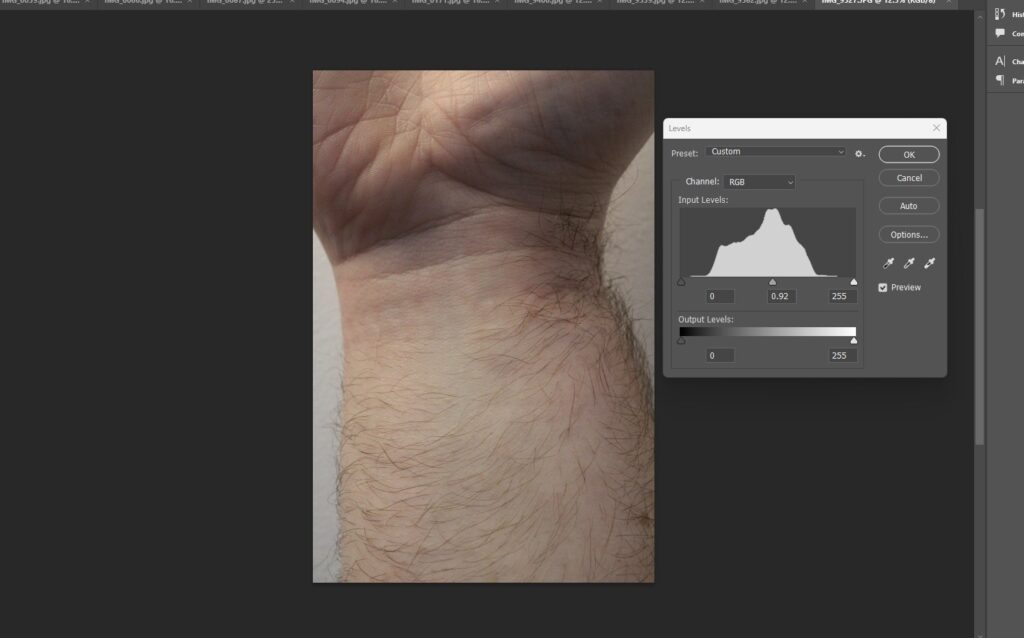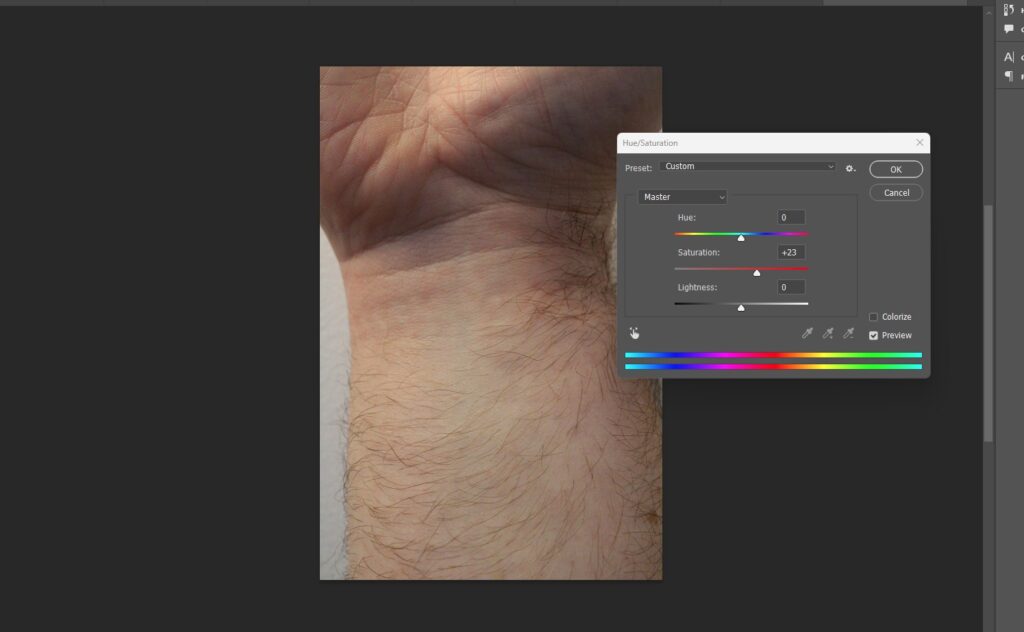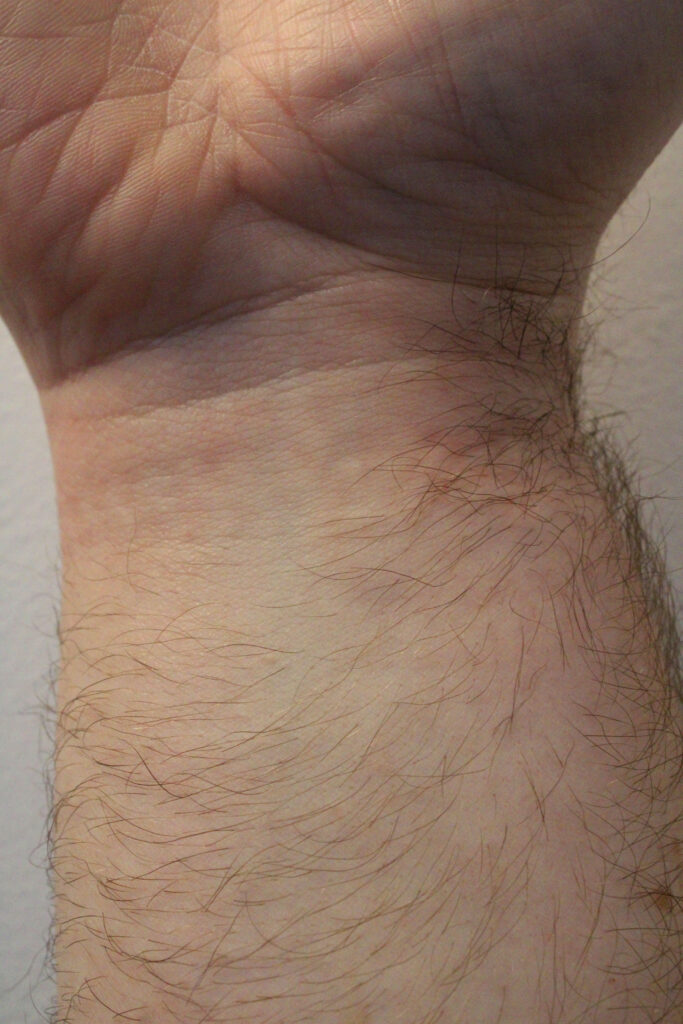12% out of a 100, accounts for the grade
- Research and identify 3-5 literary sources from a variety of media such as books, journal/magazines, internet, Youtube/video that relates to your personal study and artists references .
- Begin to read essay, texts and interviews with your chosen artists as well as commentary from critics, historians and others.
- It’s important that you show evidence of reading and draw upon different pints of view – not only your own.
- Take notes when you’re reading…key words, concepts, passages, page number to be used for in-text referencing etc.
possible-essay-questions-to-investigate
Can the recreation of family portraits show how relationships have developed and changed over time?
How connection can be represented in the medium of photography?
How can photography change the way we remember and connect people and events?
Some examples of Personal Study essays from previous students:
Essay Plan
Make a plan that lists what you are going to write about in each paragraph – essay structure
- Essay question:
- Opening quote
- Pg 1 (500 words): Historical/ theoretical context within art, photography and visual culture relevant to your area of study. Make links to art movements/ isms and some of the methods employed by critics and historian.
- Pg 2 (500 words): Analyse first artist/photographer in relation to your essay question. Present and evaluate your own images and responses.
- Pg 3 (500 words): Analyse second artist/photographer in relation to your essay question. Present and evaluate your own images and responses.
- Conclusion (250-500 words): Draw parallels, explore differences/ similarities between artists/photographers and that of your own work that you have produced
- Bibliography: List all relevant sources used

















